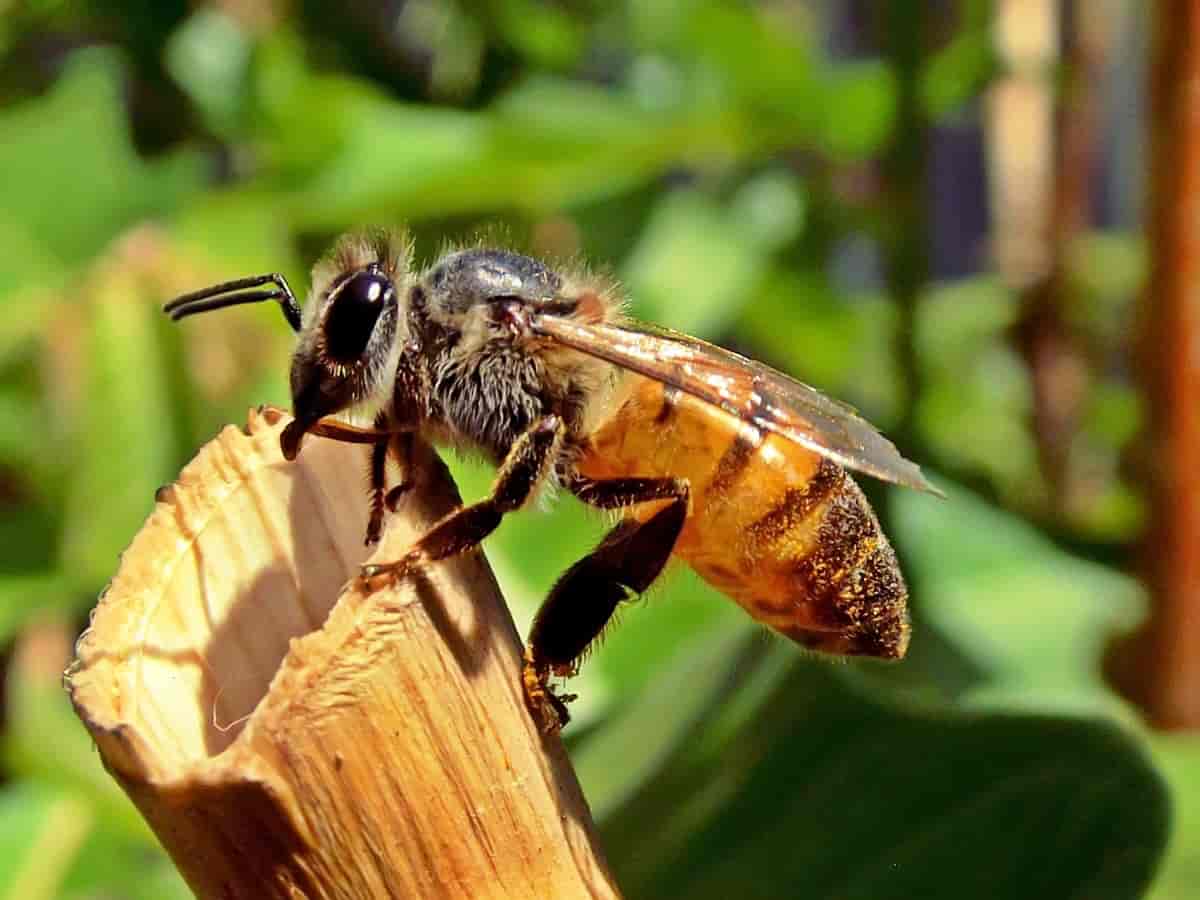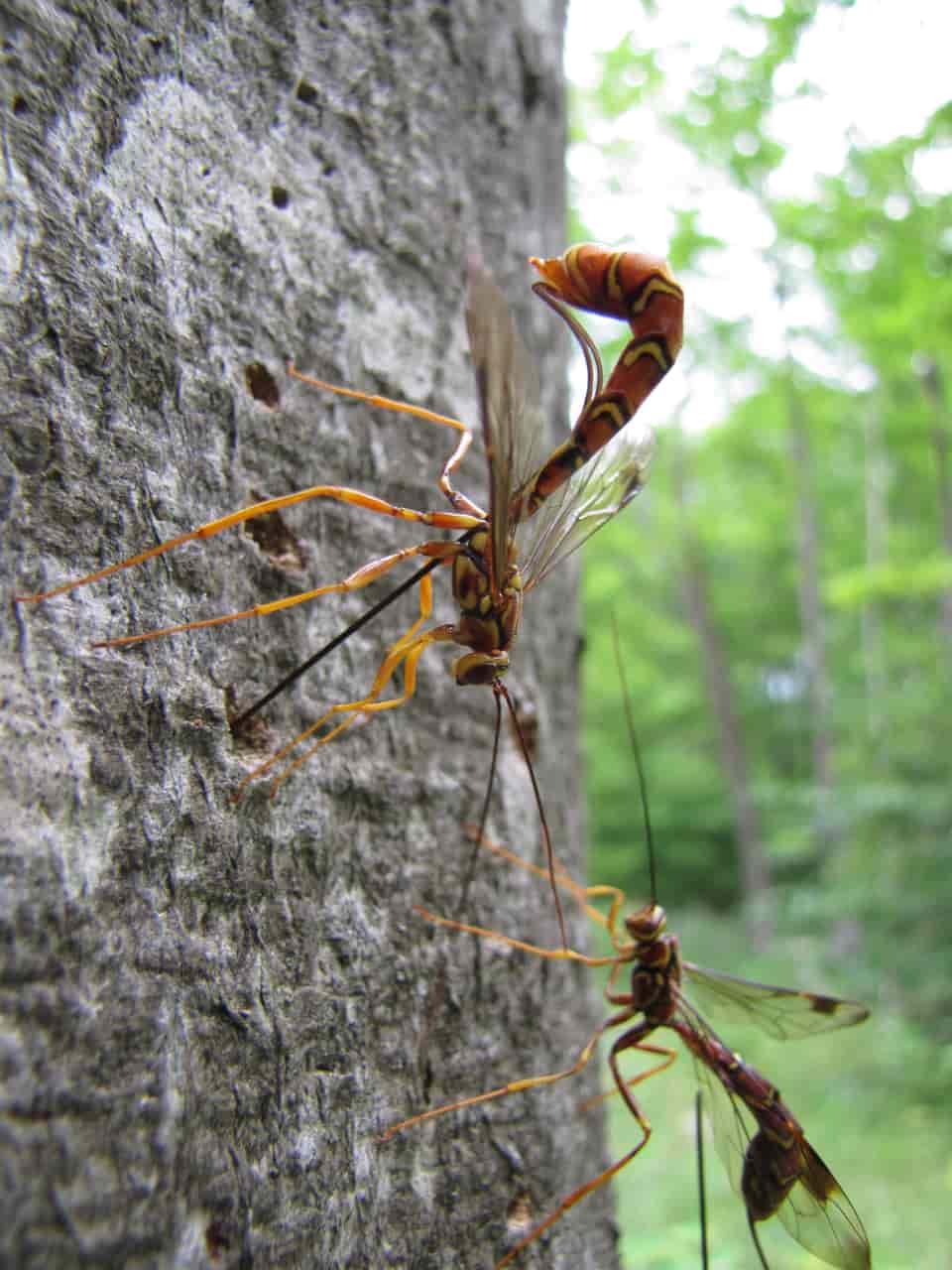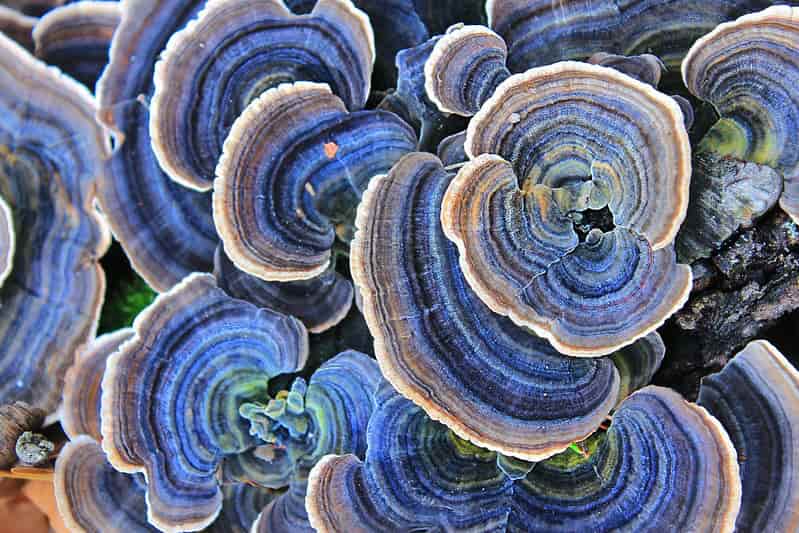The hidden war on honeybees: Murder hornets, parasitic wasps and the fight for survival
From hornets that can wipe out entire hives in under two hours to wasps that hollow bees from within, invasive predators are undermining apiculture worldwide.

Honey production and the health of honeybee populations worldwide are facing significant threats from invasive species like the Asian giant hornet—popularly known as the “murder hornet”—and various parasitic wasps.
These invasive predators have contributed markedly to the decline of honeybees, which are vital for global pollination and enhancing biodiversity, creating serious implications for agriculture, ecosystems, food security and apiculture based rural livelihoods.
The threat of the murder hornet
The Asian giant hornet (Vespa mandarinia), dubbed the murder hornet due to its fearsome reputation, is the world’s largest wasp species and an aggressive predator of honeybees.
Measuring nearly two inches long, these hornets have the capacity to extirpate entire honeybee colonies within a short period, sometimes as quickly as 90 minutes. A single hornet is capable of killing up to 40 bees per minute by attacking the entrance of a hive and killing the workers one by one.
After detecting a honeybee colony, a scout hornet marks the hive with a pheromone to recruit other hornets, leading to destructive group attacks that can wipe out thousands of bees.

Honeybees in Asia have evolved a defensive behavior known as “heat-balling,” where they swarm a hornet and generate heat by flapping their wings at a high frequency to suffocate it.
However, honeybees in North America and Europe, primarily European honeybees, lack these evolved defenses, making them especially vulnerable. This vulnerability has contributed to heavy losses in honeybee populations in invaded regions, with reported colony losses sometimes reaching 20-30% annually due to hornet attacks.
The presence of murder hornets elevates the risk to honey production in these regions. Honeybees are critical pollinators for numerous crops, and their decline threatens to reduce not only honey yields but also crop productivity and biodiversity.The overlap of suitable habitats for the hornet with key areas of honey production makes this an urgent threat to agriculture.
Role of parasitic wasps
Parasitic wasps also contribute to honeybee decline by targeting bee brood and disrupting colony health. While less dramatic than the murder hornet, their role in weakening hives and spreading diseases exacerbates the stresses on bee populations already suffering from habitat loss, pesticides, anthropogenic greed and climate change.
Economic and ecological fallout
Honeybee population declines due to invasive species jeopardize both ecological balance and the bioeconomy. Honeybees pollinate about one-third of the food crops consumed by humans, translating to billions of dollars in agricultural value.
The rapid spread of invasive hornets could trigger cascading effects, leading to reduced pollination coverage, diminished crop yields, and higher costs for agricultural production and food security.
Efforts to control and eradicate murder hornets have shown promise. For example, the US officially declared the eradication of murder hornets in Washington state in 2024 after targeted traps and surveillance prevented population growth and spread.
This success underscores the importance of early detection and rapid response in managing invasive species and protecting honeybee health.
Parasitic wasps, also known as parasitoids, represent a significant and often underestimated threat to honeybee populations and beekeeping.
Unlike predatory wasps like the “murder hornet” which actively hunt and kill adult bees, parasitic wasps weaken and destroy colonies by targeting and consuming the bee brood (eggs and larvae) from within the hive. This internal threat can be insidious, leading to a slow but steady decline in colony health and eventual collapse.

Female parasitic wasps lay their eggs in or on the bodies of host honeybee larvae or pupae. When the wasp eggs hatch, the larvae feed on the developing bee, consuming its tissues from the inside out. This process can be fatal to the host bee, preventing it from reaching adulthood and contributing to a dwindling bee population within the hive.
The presence of parasitic wasps and their offspring weakens the colony’s overall health and productivity. The constant stress from infestation can disrupt normal social behaviors, such as foraging and hive maintenance.
A weakened colony is more susceptible to other stressors, including diseases, nutritional deficits and attacks from other pests. Some parasitic wasps can act as vectors, transmitting viruses and pathogens to the bees they parasitise.
For example, the phorid fly Apocephalus borealis, which parasitizes honeybees, has been found to also carry viruses like the Deformed Wing Virus and the microsporidian fungus Nosema ceranae.
This dual-threat of parasitism and disease transmission can be particularly devastating to a hive. While some wasps target bee larvae, others may lay eggs on adults, which can also weaken or kill the host. The most famous example of a honeybee parasite, the Varroa destructor mite, is an ectoparasite that feeds on both adult bees and brood, and is a primary driver of colony losses worldwide.
While not a wasp, its parasitic nature highlights the severe impact such pests have on honeybee health.
A weakened and dwindling bee colony cannot efficiently forage for nectar, leading to reduced honey production. With fewer bees, the vital pollination services they provide to agricultural crops decline, threatening crop yields and food security.
Beekeepers must spend more time and money on monitoring for and treating infestations, using costly miticides or other management techniques. The decline of honeybee populations affects not only agricultural systems but also wild plant biodiversity, as many wild plants rely on bees for pollination.
Strategies for defence
Regular monitoring of hives for signs of infestation, such as dead or dying bees, abnormal brood, or the presence of the parasites themselves is of paramount importance.
Using hive modifications like screened bottom boards to trap parasites as they fall from the bees, or culling drone brood which parasites often prefer. Applying miticides and other chemical treatments, also helps, though this must be done carefully to avoid harming the bees or contaminating honey.
Breeding honeybee queens and colonies with genetic traits that increase their hygienic behavior and resistance to parasites is also a vital tool.







